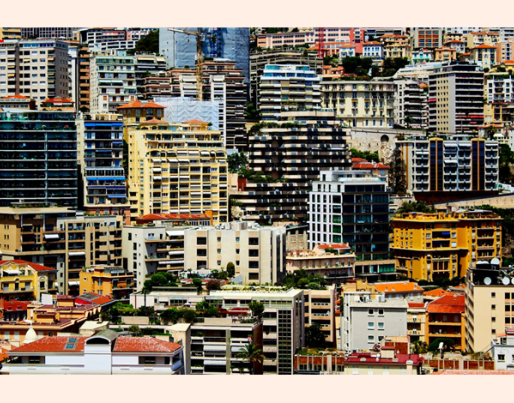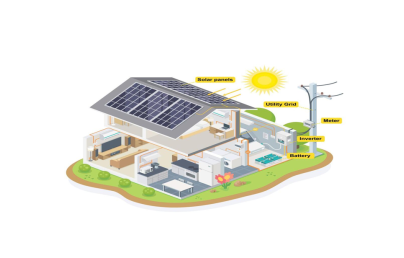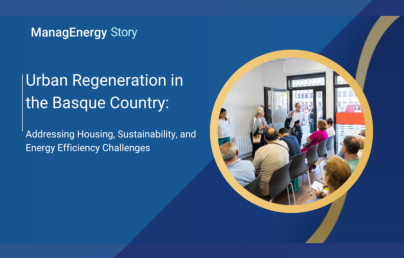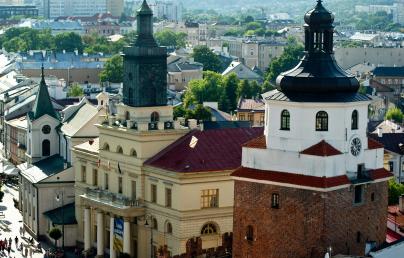Powering inclusion to fuel democracy: the energy efficiency factor

Powering inclusion to fuel democracy: the energy efficiency factor
About 47 million EU citizens can’t afford to heat their homes, with high material costs and poor financing options blocking renovations. But the impact of energy efficiency goes beyond just savings.
Seven new buildings, advanced technological solutions for energy savings, lower consumption, reduced utility bills, and increased property values—but above all, a new perspective for those living in the neighborhood. The Via Boito district in Trieste, Italy, is undergoing a deep renewal aimed at making energy efficiency a tool for inclusion and democracy. The initiative, a collaboration between the ATER Institute and the European project SUPERSHINE, seeks to address the functional obsolescence of a high-density residential area populated by low-income families, while improving residents’ quality of life and fostering their engagement in public life, with energy as a driver for bottom-up democracy.
'Access to affordable energy is crucial for promoting fairness and democracy,' emphasizes Cristina Davi, manager of Ater Trieste. A key part of this process is the involvement of citizens in shaping interventions, she explains: 'Asking people what they need is making a difference. That’s how we discovered that, instead of parking lots, the residents of Via Boito wanted spaces with green paths and educational panels to teach their children about biodiversity and environmental respect.' Scheduled for completion in 2026, the reconstruction work in Trieste is not only improving the energy efficiency of buildings but also fostering a more inclusive and cohesive community. Here, promoting greater equity and a sense of belonging begins by ensuring access to essential services like affordable energy.
According to 2023 Eurostat data, energy poverty is one of the most pressing challenges in Europe, with as many as 47 million people unable to keep their homes warm or cool enough. Driven by rising inflation and energy costs, the fight against energy poverty is now a priority in European policy and the UN’s 2030 Agenda and could prove decisive in promoting social equity and democratic participation.
Pilot projects like the one in Trieste could serve as exemplary models, explains Alice Pittini, Research Director at Housing Europe and head of the European Social Housing Observatory: 'Due to rising energy prices, covering energy bills has become particularly challenging for low-income households in 2022 and 2023. Public support for energy rehabilitation is therefore crucial for European development and democracy, as it can significantly impact the well-being of people and communities. Without these measures, we risk losing important parts of the social fabric.'
The 2023 report 'The State of Housing in Europe' reveals that approximately 35% of the EU building stock is over 50 years old, and around two-thirds of it is energy inefficient. This is why buildings are responsible for about 40% of energy consumption and 36% of greenhouse gas emissions. The main challenges to reverse this trend and improve energy efficiency lie in the cost of materials, a shortage of skilled labor, and, above all, a lack of sufficient funding and more flexible financing systems. Charlotte Vailles, a Research Fellow at the Institute for Climate Economics (I4CE), highlights that 'as of 2023, in spite of public aid, most households are unable to invest in low-carbon solutions. The out-of-pocket costs – for energy retrofits or the purchase of an electric car- can be counted in years of income for low- and middle-income households. Financing these investments face in particular the obstacle of the debt capacity of households. Expected energy savings could be considered when providing a loan or financing.' Pittini echoes this sentiment, emphasizing the need for “targeted tools proportional to the needs and capacities of households.' 'Measures should aim at income redistribution and improving housing quality for all social groups, while ensuring environmental sustainability,' she adds.


